Altar Hwangudan (환구단)
1.1 Km 20036 2021-07-30
Sogong-ro 112, Jung-gu, Seúl
El Altar Hwangudan es uno de los altares donde se realizaban rituales sagrados. Los primeros se hicieron durante la dinastía Goryeo, a cargo del rey Seongjong, en el primer mes de 983 (2º año de su reinado), pero su realización se vio interrumpida en diversos períodos hasta que en 1456, ya en la dinastía Joseon, se retomaron estas prácticas. El Altar Hwangudan empezó a tener rituales 1457, pero en 1464 se abolieron nuevamente hasta 1897.
Travelodge Myeongdong City Hall (트레블로지 명동 시티홀)
1.1 Km 12 2021-06-25
22, Sejong-daero 16-gil, Jung-gu, Seoul
+82-2-6362-6000
Travelodge Myeongdong City Hall provides excellent and efficient customer services as well as convenient amenities for the comfort of all their guests. The hotel is only 3 minutes’ walk away from City Hall Station, and its location benefits both tourists and business travelers alike as it offers various transportation options with Seoul's popular tourist attractions in the vicinity, such as Deoksugung Palace and Namdaemun Market. The hotel features a sauna session and spa services to relieve stress and put one's body and mind at ease after a busy day of traveling.
Choryuhyang (초유향)
1.1 Km 6972 2017-11-23
24-10, Dadong-gil, Jung-gu, Seoul
This restaurant's feature items are its Samseon-nurungjitang, Dongpayuk, and Seafood Galbi. Seafood is plentiful in the Samseon-nurungjitang, making for a delicous soup base to which nicely browned rice is added later. When the browned rice is added to the soup base, a loud crackling noise is heard, which signals the beginning of a delicious meal.
Of one book and stay [Korea Quality] / 일독일박 [한국관광 품질인증/Korea Quality]
1.1 Km 32 2021-03-29
11-1, Pirundae-ro 3-gil, Jongno-gu, Seoul
This hanok (traditional Korean house) is located in Seochon Village near Gyeongbokgung Palace. It is a modern C-shaped hanok centered around the inner courtyard, which is the first thing that the guests see after entering through the gate. While it is not expansive, white pebbles and a foot bath make this hanok a unique one. One can enjoy a foot bath while sitting on the porch.
The bedroom, which is located beyond the living room, is furnished with a queen-sized bed. Opening the screen doors brings one to the view of the kitchen area beyond the inner courtyard. A large table, plush sofa, and a small bookcase make the space ideal for books and discussions. Climbing the wooden ladder to the side of the kitchen brings one to the attic, which also doubles as a Korean-style room with a skylight. The kitchen is furnished with a refrigerator, microwave oven, gas stove, electric kettle, toaster, pots, utensils, wine glasses, and bottled water. There is a restroom with a bathtub. The standard occupancy of the house is 4 people.
Yonggeumok (용금옥)
1.1 Km 18483 2020-06-09
24-2, Dadong-gil, Jung-gu, Seoul
+82-2-777-1689
Yonggeumok's specialized stew includes tofu, fried tofu, spring onion, onion, oyster mushroom, tree ear mushroom, and other condiments added to broth boiled with lamb and its intestines overnight. Pre-cooked loaches are added in the end, creating a spicy yet savory flavor with chewy texture (loaches can be ground upon request). The restaurant serves Gyeongsang-do style, Jeolla-do style and Seoul-style chueo tang (loach stew).
Groundseesaw Seochon (그라운드시소 서촌)
1.1 Km 0 2024-04-19
Jahamun-ro 6-gil 18-8, Jongno-gu, Seúl
PANE PASTA - Jongno Branch (빠네파스타 종로)
1.1 Km 148 2021-03-19
11, Jahamun-ro, 7-gil, Jongno-gu, Seoul
+82-2-777-6556
A specialty restaurant serving pizza and pasta dishes baked in an authentic Italian wood-fired oven. The representative menu is margherita pizza. This Western cuisine is located near Gyeongbokgung (Government Complex-Seoul) Station, Seoul.
Puerta Gwanghwamun (광화문)
1.1 Km 8523 2022-12-13
Sajik-ro 161, Jongno-gu, Seúl.
La puerta Gwanghwamun es la entrada principal del palacio Gyeongbokgung, levantada en 1395 por Taejo, el primer rey de la dinastía Joseon. Es la puerta sur de las cuatro puertas de la antigua ciudad de Hanyang (Seúl), levantadas sobre los cuatro puntos cardinales.
Su nombre significa “la luz de la civilización iluminará el mundo”, y contiene los altos propósitos que la dinastía Joseon tuvo al ser establecida. Gwanghwamun había sido construida de granito. En el centro se halla una entrada que se asemeja al arco iris, denominado Hongyemun, y arriba está la torre del portal.
Gwanghwamun guarda un recuerdo amargo de la historia de Corea. Durante la ocupación de Corea por los japoneses (1910-1945), el gobierno colonial nipón destruyó la puerta con el objetivo de suprimir la nación coreana, y en su emplazamiento levantó el Edificio de la Gobernación de Corea. Hacia el año 1968, el gobierno coreano construyó de nuevo la puerta Gwanghwamun, pero usando concreto. Sin embargo, en el año 2010 se completaron los trabajos de restauración total en madera, que es la que se ve actualmente.
Hosujip (호수집)
1.1 Km 80 2021-03-30
443, Cheongpa-ro, Jung-gu, Seoul
+82-2-392-0695
It is a restaurant where people wait in line as a hidden restaurant for locals in Chungjeong-ro. The best menu at this restaurant is spicy braised chicken. This Korean dishes restaurant is located in Jung-gu, Seoul.
Iglesia Católica Yakhyeon de Seúl (서울 약현성당)
1.1 Km 26328 2023-02-22
Cheongpa-ro 447-1, Jung-gu, Seúl
La Iglesia Católica Yakhyeon fue fundada como consecuencia de la libertad religiosa proclamada en el 23º año de reinado de Gojong (1866) y su subsiguiente incremento de la población católica. En 1891, el padre jefe de la Catedral Católica de Myeongdong, llamado Doucet, preparó un terreno en Hap-dong. El vicearzobispo Coste estuvo a cargo del diseño y construcción, y finalmente el edificio fue completado en 1892. El nombre de la iglesia proviene de “Yakjeonhyeon”, que significa colina de hierbas medicinales. Eso se debe a que el lugar donde la iglesia está situada era un cerro cubierto de plantas terapeúticas. Luego, “Yakjeonhyeon” fue acortado a “Yakhyeon” y así se denominaba a un área cercana a la cuesta entre Malli-dong y la Estación de Seúl. La Iglesia Católica Yakhyeon fue el primera iglesia de estilo occidental en Corea. Es la arquitectura gótica con la estructura cruciforme de 12 metros de ancho y 32 metros de largo. Asimismo posee ventanas arqueadas y una puerta ojival.
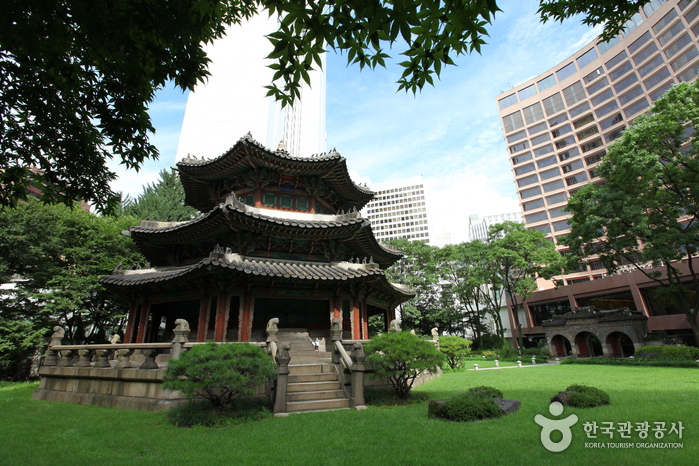
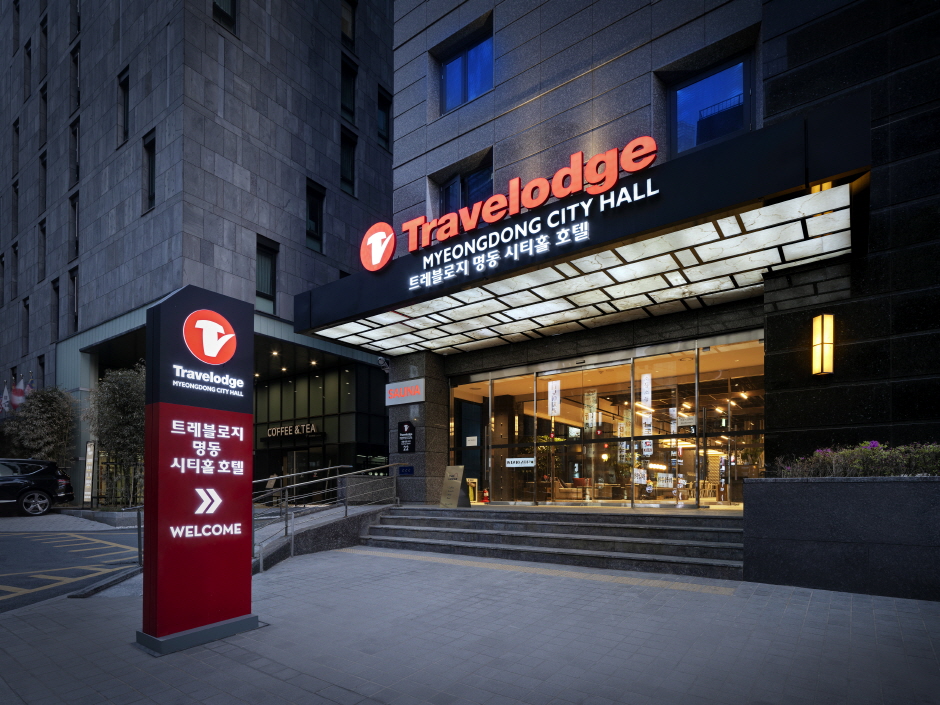
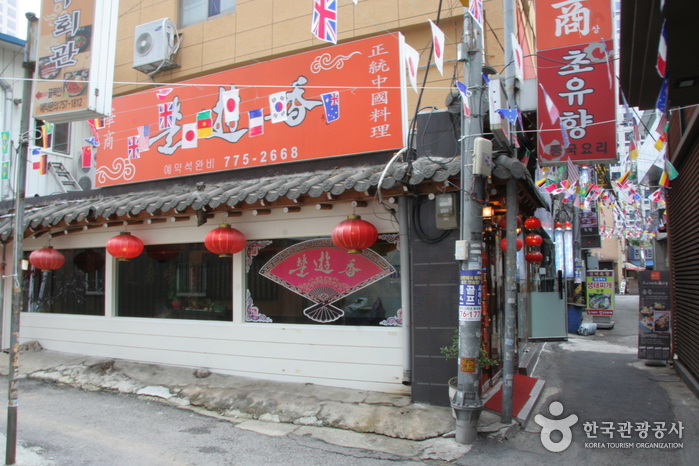
![Of one book and stay [Korea Quality] / 일독일박 [한국관광 품질인증/Korea Quality]](http://tong.visitkorea.or.kr/cms/resource/43/2707643_image2_1.jpg)
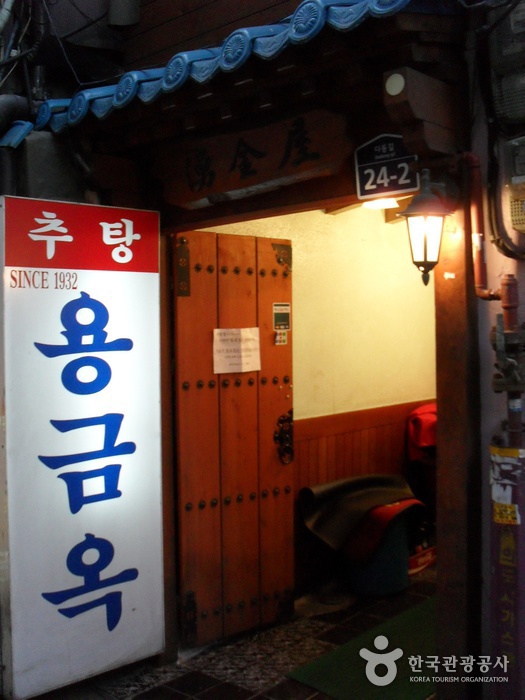

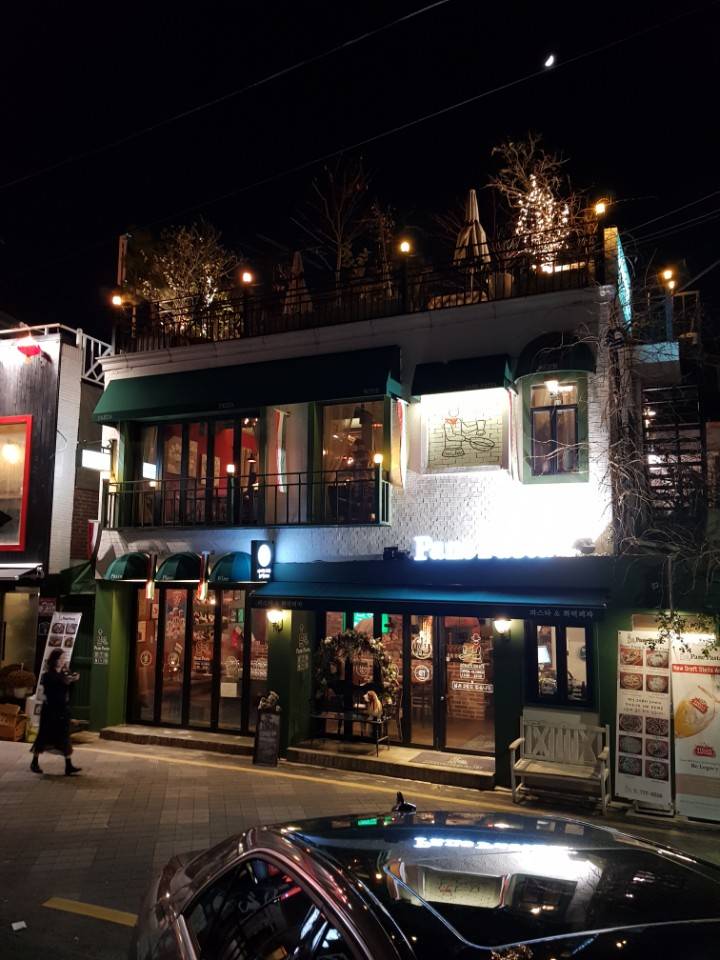
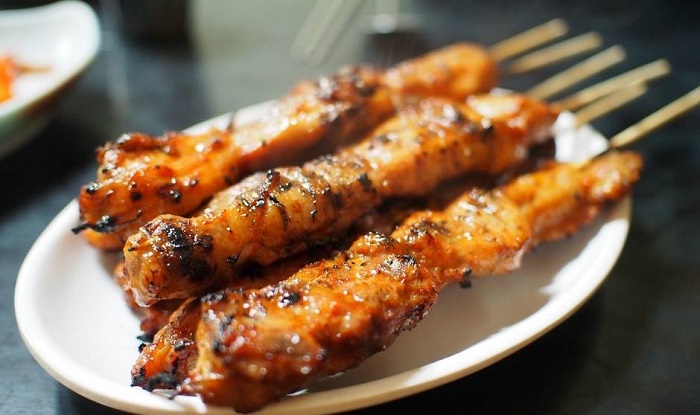
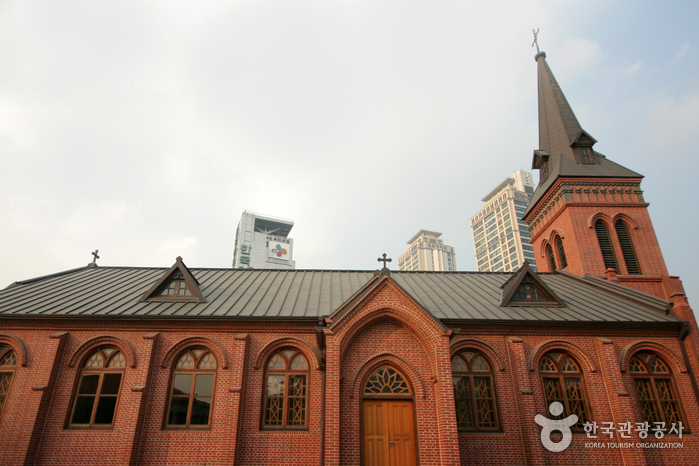
 Español
Español
 한국어
한국어 English
English 日本語
日本語 中文(简体)
中文(简体) Deutsch
Deutsch Français
Français Русский
Русский